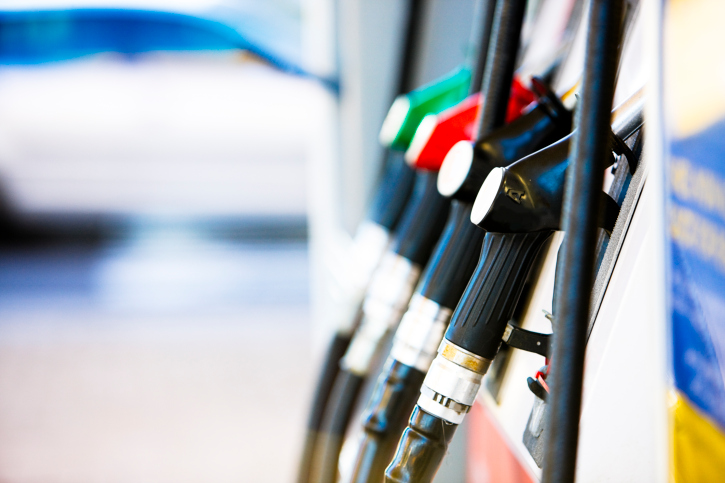
Some 65% of drivers believe gas prices are too high above $3.50 a gallon. The national average price now, according to AAA, is $3.566, up from $3.561 on Wednesday.
There could be several reasons that U.S. drivers appear to be greeting the higher prices with a collective yawn. First, even at the current level a gallon of gas is about eight cents a gallon cheaper than it was at the same time last year. Gas prices peaked at $3.75 in February 2013 and have not been that high since — and may not reach that level again this year.
Second, and maybe more important, Americans have gotten used to the higher prices for gasoline. As an AAA official notes, “Many drivers grudgingly realize that paying more than $3.00 a gallon for gasoline is the new normal, but they remain frustrated with the price.” Perhaps amazingly, some 40% of U.S. drivers still think that gas prices over $3.00 a gallon are too high.
A third possible reason for Americans’ seeming ambivalence to gas price hikes is that many of them have already adopted new driving habits. When AAA asked the 47% who are making changes to their driving routines, some 85% said they are combining errands and trips and 84% say they are driving less.
U.S. driving consumers used 8.77 million barrels of gasoline a day in 2013, according to the U.S. Energy Information Administration (EIA), up from 8.68 million barrels a day (about 1%) in 2012. Consumption is forecast to rise to 8.79 million barrels a day in 2014, before dropping to 8.78 million barrels a day in 2015.
And though miles driven by U.S. motorists is still well below the 2008 peak of 3.03 trillion miles, the number is up on a rolling 12-month basis from 2.96 trillion miles in January 2013 to 2.97 trillion millions in 2014.
So why are U.S. fuel consumption and miles driven rising? Very likely because many Americans have already made adjustments to compensate for high gasoline costs. For example, nearly half have purchased more fuel-efficient vehicles. That would allow motorists to drive more miles on the same amount of gasoline. But because all U.S. cars are not as efficient as the new ones, consumption goes up as drivers of older cars adjust their spending. Rising employment also puts more drivers on the road driving to and from work.
Gasoline prices have risen above $4.00 a gallon in San Francisco, San Diego and Los Angeles, and these California cities may be a test case for the impact of higher gasoline prices on the overall economy.
Credit Card Companies Are Doing Something Nuts
Credit card companies are at war. The biggest issuers are handing out free rewards and benefits to win the best customers.
It’s possible to find cards paying unlimited 1.5%, 2%, and even more today. That’s free money for qualified borrowers, and the type of thing that would be crazy to pass up. Those rewards can add up to thousands of dollars every year in free money, and include other benefits as well.
We’ve assembled some of the best credit cards for users today. Don’t miss these offers because they won’t be this good forever.
Flywheel Publishing has partnered with CardRatings for our coverage of credit card products. Flywheel Publishing and CardRatings may receive a commission from card issuers.
Thank you for reading! Have some feedback for us?
Contact the 24/7 Wall St. editorial team.




